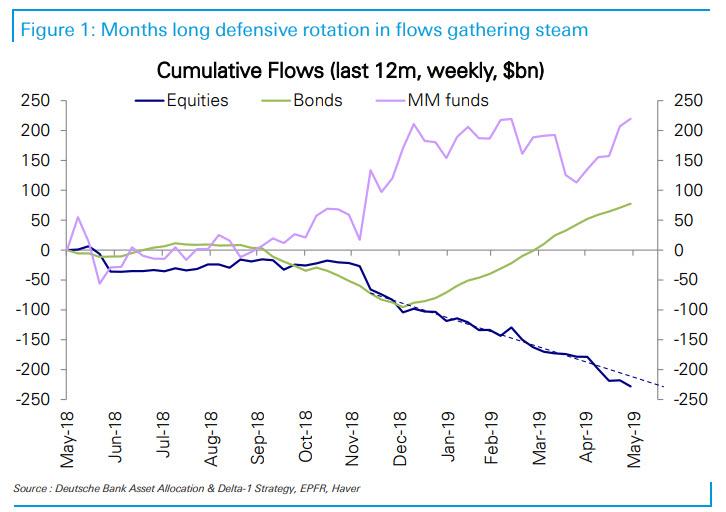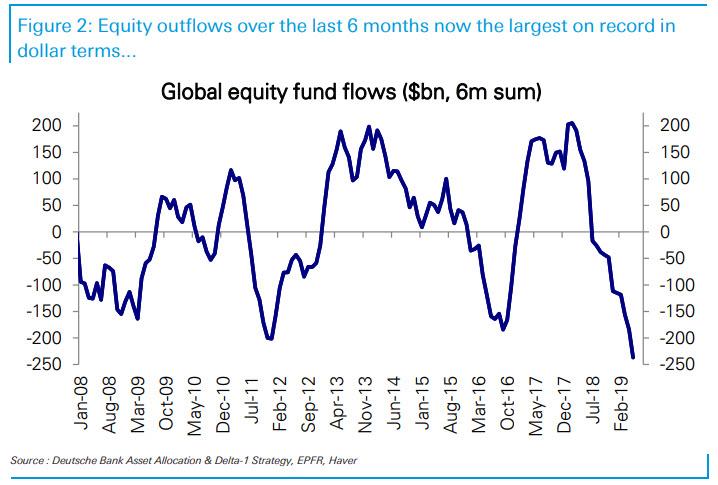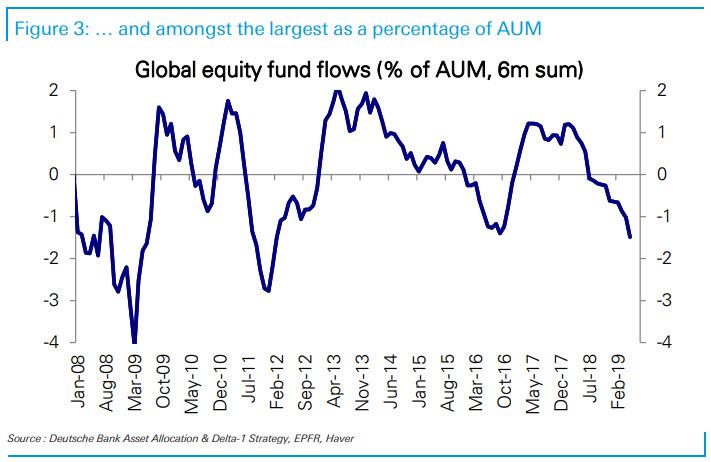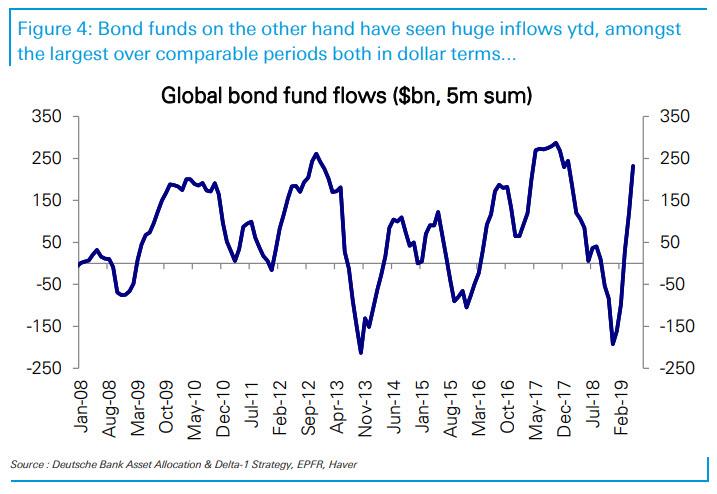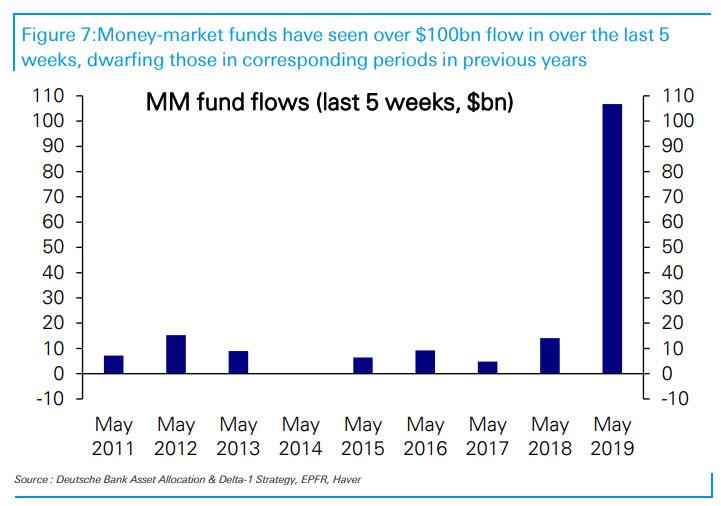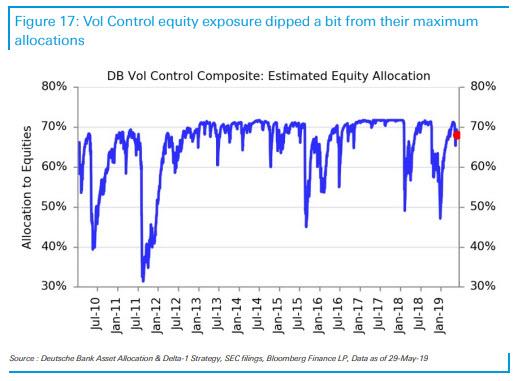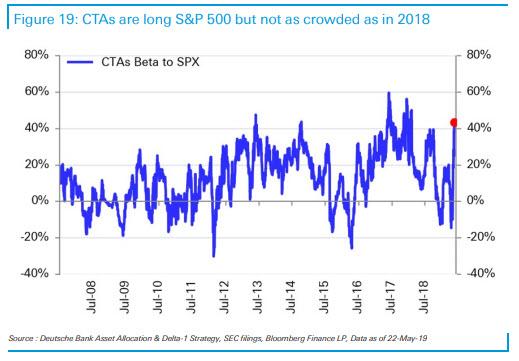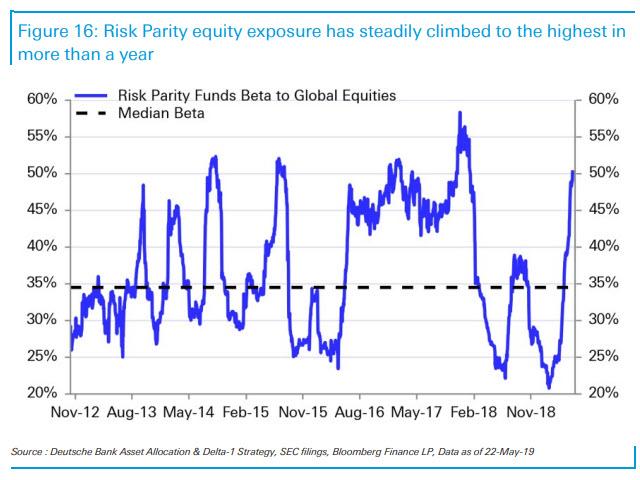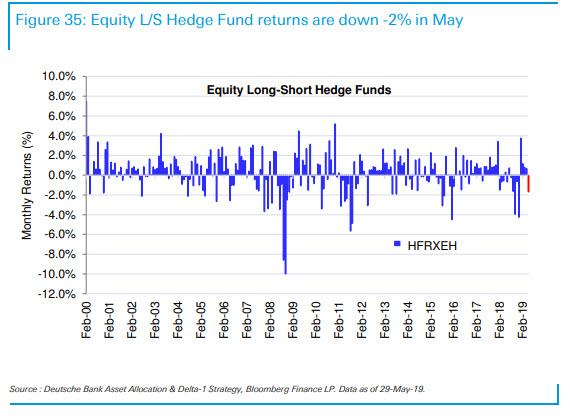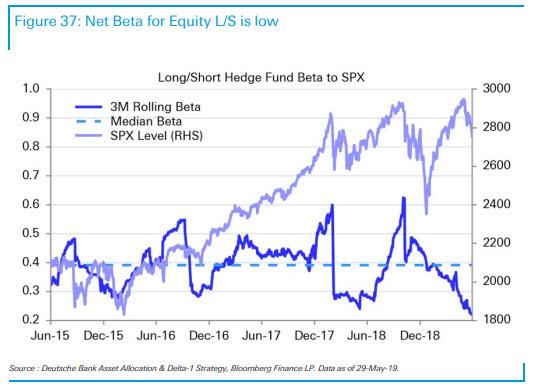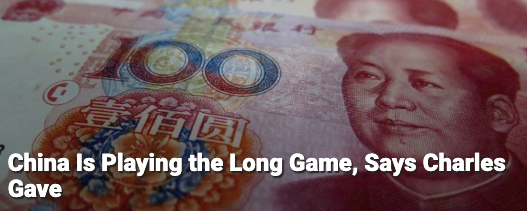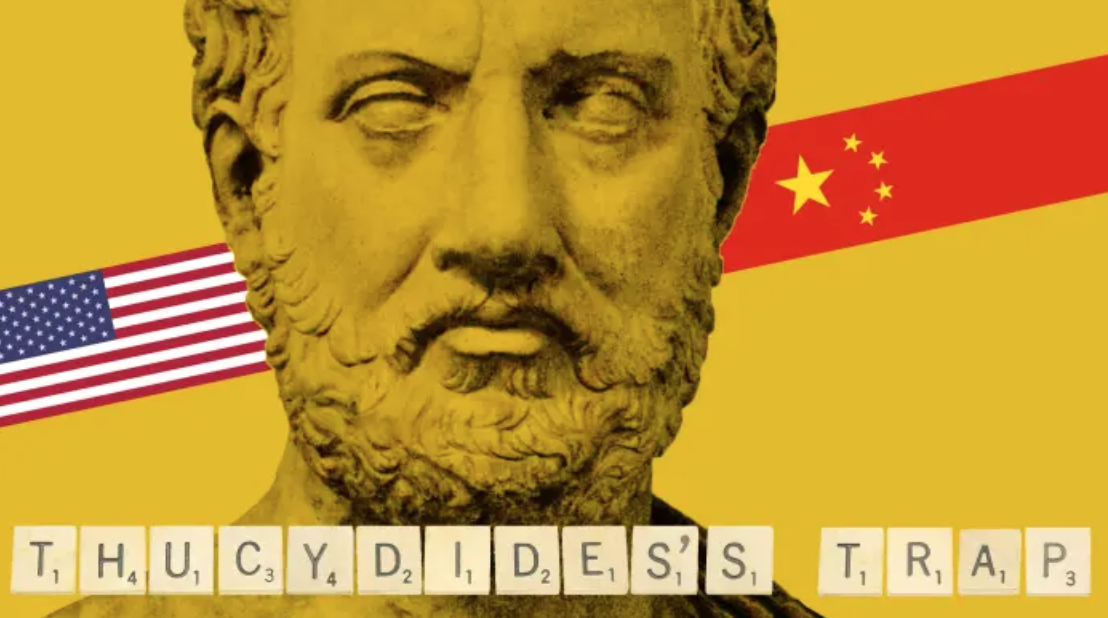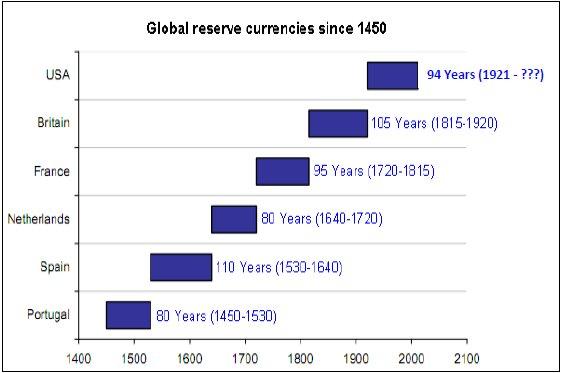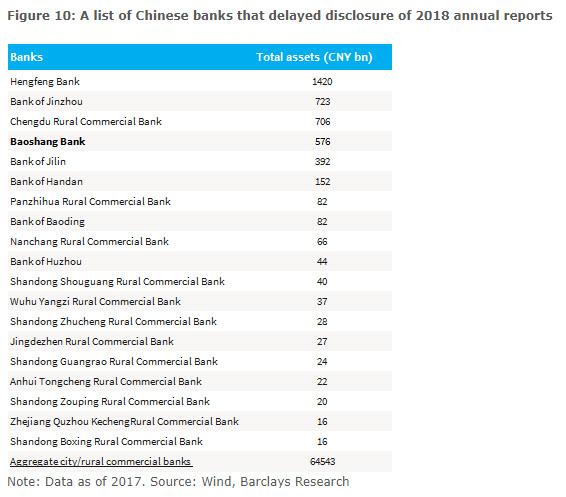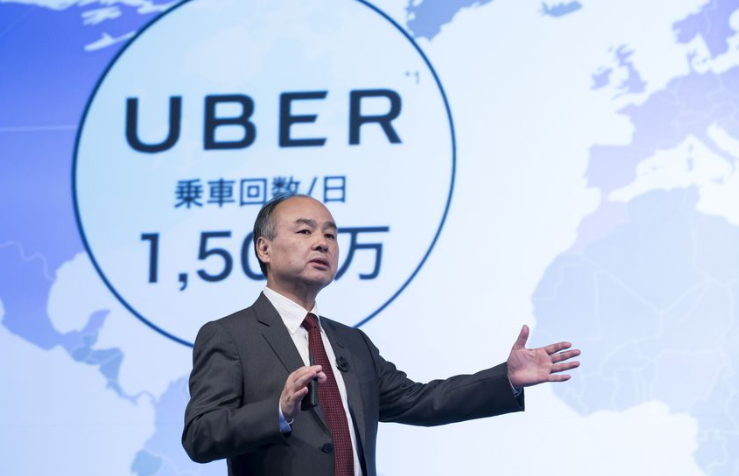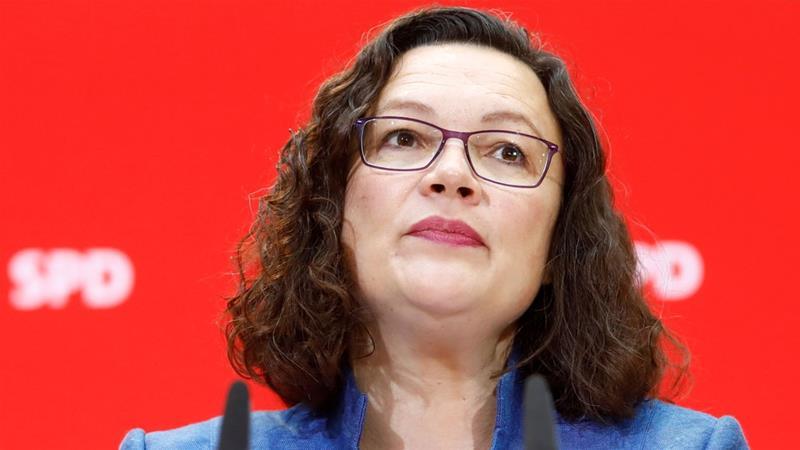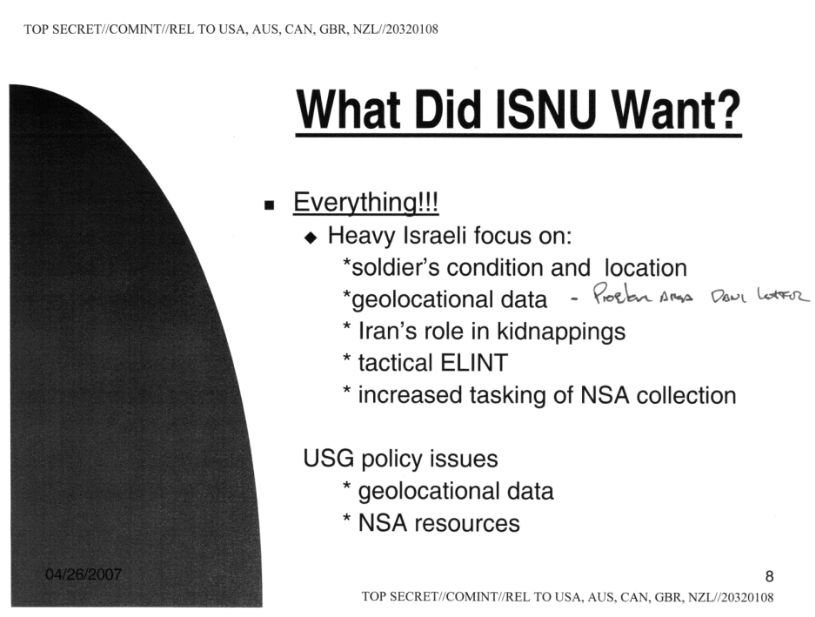Authored by James George Jatras via The Strategic Culture Foundation,
In the wake of Robert Mueller’s calculated handoff of the “Get Trump” portfolio to the Democrat-controlled House of Representatives, two things are evident.
First, President Donald J. Trump is virtually certain to be impeached. That’s manifest despite doddering House Speaker Nancy Pelosi’s playing cute for now, seeking to ensure first that “we do want to make such a compelling case, such an ironclad case that even the Republican Senate, which at the time seems to be not an objective jury, will be convinced.” Translation: We don’t have the goods yet, but we expect to.
Second, like generals proverbially fighting the last war – namely, Republicans’ failed 1998 effort to oust Bill Clinton – many in the GOP have convinced themselves that a Trump impeachment will be unsuccessful and will only hurt the Democrats. Put another way, the Stupid Party once again rises to the occasion. Cue Karl Rove:
‘Knowing what they know today, if House Democrats move forward on the impeachment of President Trump, five things will happen.
‘First, swing voters will conclude the Democrats are conducting a highly partisan exercise.
‘Second, impeachment talk will largely or completely obscure anything else House Democrats will do legislatively. Voters could decide the Democrats are a do-nothing bunch.
‘Third, impeachment will play a much larger role in the Democratic presidential primary. The issue of impeachment will obscure the other messages of the Democratic presidential hopefuls and raise the prospect of a backlash against candidates like former Vice President Joe Biden and Sen. Bernie Sanders of Vermont, who have yet to embrace impeachment.
‘Fourth, the Republican Senate will quickly dismiss any impeachment resolution passed by the House, killing the issue.
‘And finally, any of the dozens of vulnerable House Democrats in Republican-leaning districts who back impeachment will have given their GOP opponents a big issue.’ [Emphasis added]
Make no mistake, while the Democrats hope to wound Trump even if the attempt to remove him fails, they are deadly serious that they have a realistic shot at finishing him off. Moreover, they know that removing him by impeachment is a better prospect than beating him at the polls.
The Democrats are not at all sure about winning in 2020, not least because of the pathetic gaggle of so-called candidates they’ve got to offer. Thus their main goal in pursuing impeachment will not be to weaken Trump for 2020, it is – still – to get him out of the White House.
That’s because, as was the case in 2016, Trump’s the only GOP candidate who has a shot at winning. The Democrats want a sure thing. Having underestimated him in 2016 they don’t want to roll the dice again. Even though Trump has not turned out to be the transformative president that many of his supporters might have hoped for, he certainly will be the lesser of evils compared to whoever ends up the Democratic nominee. (Spoiler alert: it won’t be Tulsi Gabbard.) Worse from their point of view, he remains a toxic avatar of the old America they thought well and truly laid to rest once and for all. They can’t breathe easy while he remains in office lest he, however unlikely in view of his failures of performance, serve as a catalyst for revival of the historic American nation facing extinction at the hands of certified victim classes.
Rove refers to the Democrats’ “knowing what they know today,” but Pelosi has made it clear that they intend to know a lot more before they pull the trigger. All the fluff over “obstruction” is just to keep the pot boiling while they get to the real meat and potatoes. Let House Judiciary Committee Chairman Jerry Nadler and House Intelligence [sic] Committee Adam Schiff yammer about obstruction while multiple committees and New York state and city prosecutors keep digging: taxes, business skullduggery in New York real estate, babes, racism. Remember, they don’t need to find a crime, only something that will give enough Republicans in the Senate an excuse to give Trump the heave-ho.
Rove says the “Republican Senate will quickly dismiss any impeachment resolution passed by the House.” That’s nonsense, and Rove knows it. The relevant analogue to the upcoming Trump impeachment isn’t Clinton 1998, it’s Richard Nixon 1974. Bill Clinton literally could have raped Juanita Broaddrick in the middle of Fifth Avenue in broad daylight and the Democrats still would have circled the wagons to defend him, as they in fact did, without a single Democratic vote to convict. As it hardly needs be added, the media unanimously supported them.
Nixon, however, was done in by his own party when Senate GOP leaders told Tricky Dick (loathed by most of his party, as Trump is) that he had to resign or they would vote to remove him. That’s because Republicans are not only the Stupid Party, they’re the Cowardly Party. Depending on what the Democrats dig up on Trump, Republicans can be counted on to see scary editorials in the Washington Post and New York Times and run away in panic: “I’ve always been supportive of the president, but I can’t defend that. So I have no choice but to …”
Add in the fact that between a quarter and a third of GOP Senators would jump at the chance to put a knife in Trump’s back if they got the opportunity, with prospective Brutus and sanctimonious warmonger Mitt Romney at the front of the line. At the appropriate time, establishment Republican poobahs like Rove will join them, basking in media praise for “putting country above party.”
Note that this is not a prediction that Trump will be removed, only that his impeachment will not be necessarily the futile exercise some claim because of the GOP majority in the Senate. It’s possible Trump will survive. The Democrats might come up empty on the required dirt. They may fall short of the number of Republicans they need to give him the “Nixon talk.” Even if Trump is given an ultimatum, he may decide, unlike Nixon, to fight – and he might actually win. But don’t take it as a given that impeachment won’t be a serious attempt to remove Trump that will only backfire on the Democrats. It might succeed.
If it doesn’t, with the advantages of incumbency Trump’s chances of winning reelection are better than even, though the landscape has become less favorable than it was in 2016. His base remains strong (most of his Deplorables think he’s actually delivering on his promises, because he says so in tweets and at his rallies. Look at that big, beautiful invisible nonexistent Wall! Winning!). On the other hand, failure to control our border means the demographic shift against Republicans has continued unabated, coupled with zero efforts to police voting by non-citizens and (notably in Florida) letting felons vote. If Trump loses either Florida or Pennsylvania, it’s probably all over even with a lousy Democratic opponent. That’s aside from whatever economic hiccup might occur between now and next fall. Or if Trump gets us into a war somewhere.
Finally, let’s note what was the most important substantive message from Mueller’s swan song: Russia! Russia! Russia! Mueller both began and ended his ramble with a denunciation of Russia’s supposed attack on the United States in 2016. Citing Mueller, Ranking Democrat on the Senate Intelligence [sic] Committee Mark Warner has called for redoubled efforts to pass “legislation that enhances election security, increases social media transparency”: a dog-whistle for the real threat to honest elections: using “Russian bots” and “hate speech” as justification for tech companies’ clampdown on dissent.
Whatever happens to Trump, our dangerous enmity with Russia is permanent – and possibly passing the point of no return – while erosion of Americans’ freedoms will continue apace.
via ZeroHedge News http://bit.ly/2QExO5G Tyler Durden



